
March 18th - 22nd

March 18th - 22nd
In Cooperation with
the German Association for Electrical, Electronic and Information Technologies: VDE


![]()
In Cooperation with
the German Association for Electrical, Electronic and Information Technologies: VDE


Exhibitors and Supporters
Diamond
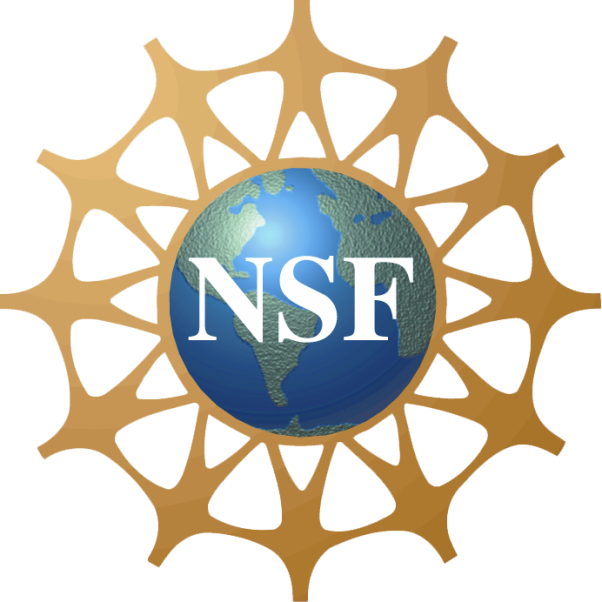
National Science Foundation
Gold
VICON

Digital Projection
Gold Awards

NVIDIA
Silver

ART
Bronze
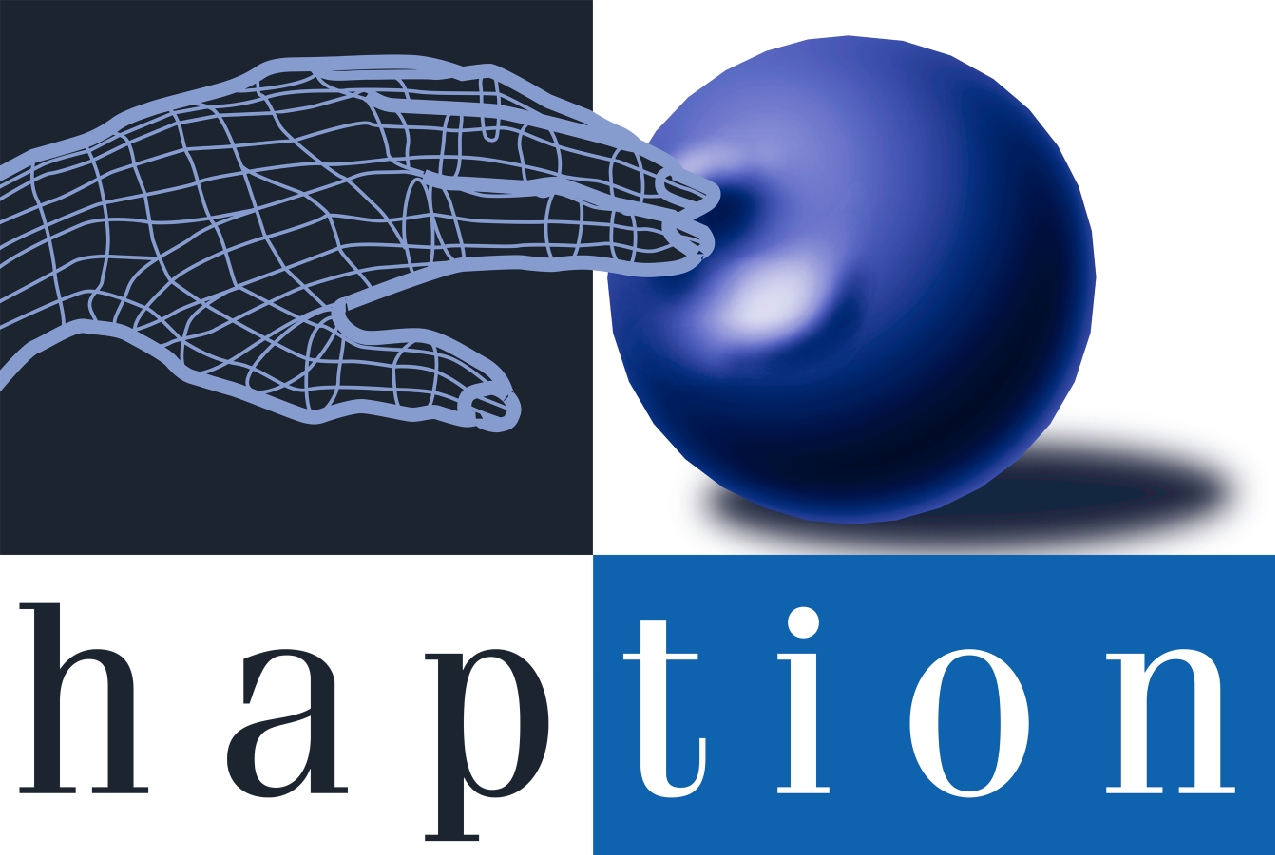
Haption
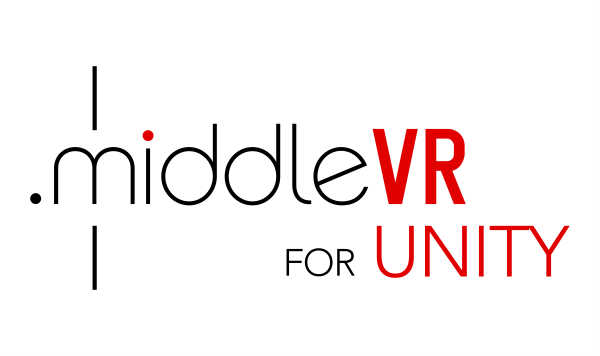
MiddleVR
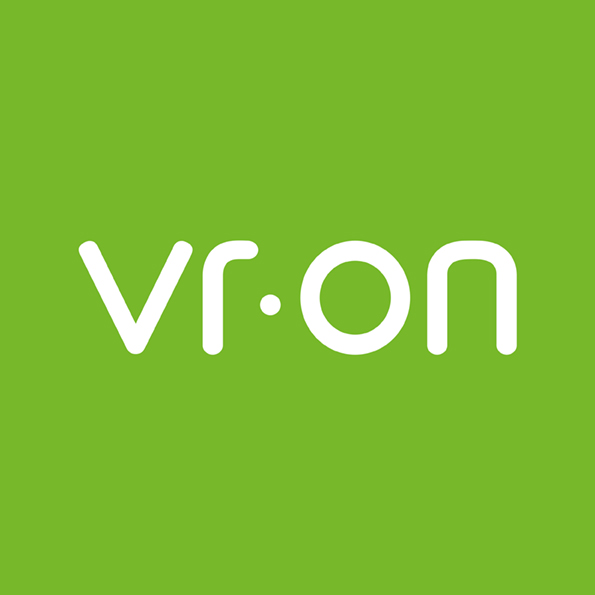
VR-ON

VISCON
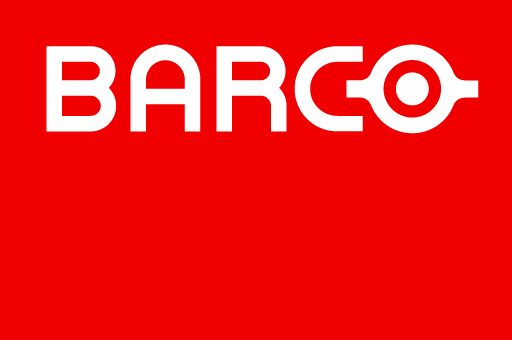
BARCO

Ultrahaptics

WorldViz

Disney Research

Microsoft
Non-Profit

Computer Network Information Center
Sponsor for Research Demo

KUKA
Other Sponsors

Magic Leap
Exhibitors and Supporters
IEEE VR 2018 Call for Journal Papers
NOTE: Please make sure to read the NEW THIS YEAR! explanation of the paper submission categories.
IEEE VR 2018 seeks original, high-quality papers in all areas related to virtual reality (VR), including augmented reality (AR), mixed reality (MR), and 3D user interfaces (3DUIs).
Each paper should be classifiable as mainly covering research, applications, or systems, using the following guidelines for each:
- Research papers should describe results that contribute to advances in state-of-the-art software, hardware, algorithms, interaction, or human factors.
- Application papers should explain how the authors built upon existing ideas and applied them to solve an interesting problem in a novel way. Each paper should include an evaluation of the success of the use of VR/AR/MR/3DUI in the given application domain.
- System papers should indicate how the developers integrated techniques and technologies to produce an effective system, and convey any lessons learned in the process.
Each paper should include an evaluation of its contributions, including benchmarking that was performed (e.g., latency or frame-rate).
Further details regarding the paper submission: We welcome paper submissions between 8 and 10 pages, including references. Continuing our cooperation with the IEEE Transactions on Visualization and Computer Graphics (TVCG), all accepted paper submissions will automatically published in a special issue of IEEE TVCG. We anticipate accepting a higher number of TVCG papers compared to recent years. Please read the section NEW THIS YEAR! for further information.
To meet TVCG standards, papers recommended for inclusion to TVCG will undergo a two-stage review process (see SUBMISSION DEADLINES below). Authors of papers that are determined to be acceptable to the journal with minor revisions during the first review cycle will be invited to submit a revised version for a second review cycle. Only papers that are accepted in this second review cycle will appear in the journal issue. Papers that fail to pass the second round of reviews may proceed through further revision cycles to appear in a future regular issue of TVCG.
Ethics and Responsibility. All submissions describing research experiments with human participants should follow the appropriate ethical guidelines and authors are encouraged to secure and report their pre-approval by the relevant ethics commission. An approval by any institutional review board can be indicated via the submission system. This is not a mandatory requirement at this time, but with the current dissemination of VR, AR, and MR technology, our community should be aware of this responsibility.
Conference Presentation. All accepted papers must be orally presented at the conference. There is also the possibility for authors of relevant previously published TVCG papers (accepted within the last year) to present their work at IEEE VR 2018. Interested authors should contact the program chairs for more details.
Abstract Submission. Note that a paper abstract must be uploaded as part of a special deadline a week prior to the actual paper submission deadline. This facilitates the process of assigning reviewers, as the review process is on a tight schedule. Topics.
IEEE VR 2018 seeks contributions including, but not limited to, the following topics:
- Tracking and sensing
- Input devices for VR/AR/MR
- Advanced display technology
- Immersive projection technology
- Haptics, audio, and other non-visual interfaces
- Modeling and simulation
- Computer graphics techniques for VR/AR/MR
- Virtual humans and avatars
- Multi-user and distributed VR/AR/MR
- VR systems and toolkits
- Locomotion and navigation in virtual environments
- User studies and evaluation
- Perception, presence, virtual embodiment, and cognition
- Teleoperation and telepresence
- Applications of VR/AR/MR
- Ethical issues in VR/AR/MR
- Interactive storytelling in 360° videos
- 3D interaction for VR/AR/MR
- 3DUI metaphors for VR/AR/MR
- Mobile, Desktop or Hybrid 3DUIs
- Non-fatiguing 3DUIs
- Evaluation methods for 3DUIs
- Empirical studies of 3DUIs
- Applications of 3DUIs: Games, entertainment, CAD, education, etc.
All paper submissions must be in English.
Paper submissions must not have been previously published. A paper is considered to have been previously published if it has appeared in a peer-reviewed journal, magazine, book, or meeting proceedings that is reliably and permanently available afterward in print or electronic form to non-attendees, regardless of the language of that publication. A paper identical or substantially similar in content (in its entirety or in part) to one submitted to VR should not be simultaneously under consideration for another conference or journal during any part of the VR review process, from the submission deadline until notifications of decisions are emailed to authors.
IEEE VR uses a double-blind review process, meaning both the authors and the reviewers remain anonymous to each other. Submissions (including citations and optional videos) should not contain information that unnecessarily identifies the authors, their institutions, or their places of work. Relevant previous work by the authors should be cited in the third person to preserve anonymity. In order to fully explain the relationship between the submitted paper and relevant previous work by the authors, authors may additionally upload previous papers as well as a non-anonymous letter of explanation; these materials will only been seen by the primary reviewer.
Authors are encouraged to submit videos to aid the program committee in reviewing their submissions. Videos must be submitted according to the instructions at the submission website. Videos submitted with papers will automatically be considered for possible inclusion in the video proceedings (video submissions may also be made independently, as described in the separate Call for Videos). When submitted as supporting material, videos must be free of identifying information. If accepted for the video proceedings, a revised version will be requested.
SUBMISSION DEADLINES:
Each deadline is 23:59:59 AoE (Anywhere on Earth) == GMT/UTC-12:00 on the stated day, no matter where the submitter is located.
** The submission deadlines will be strictly enforced. Requests for extensions will not be honored **
| September 4, 2017: | Paper abstracts due (REQUIRED) |
| September 11, 2017: | Paper submissions due |
| November 8, 2017: | Notification of results of first review cycle |
| December 8, 2017: | Revised paper submission due for second review cycle |
| December 20, 2017: | Final notification for second review cycle |
| January 8, 2018: | Camera-ready material due |
Paper abstracts and complete papers must be submitted electronically through the online submission system: https://new.precisionconference.com/~vr
All VR Journal Papers submissions should be formatted using the IEEE Computer Society TVCG journal format described at http://junctionpublishing.org/vgtc/Tasks/camera_tvcg.html.
For more information, please contact the Journal Papers Chairs:
- Kiyoshi Kiyokawa, NAIST, JP
- Frank Steinicke, University of Hamburg, GER
- Bruce Thomas, University of South Australia, AUS
- Greg Welch, University of Central Florida, USA
program2018 [at] ieeevr.org